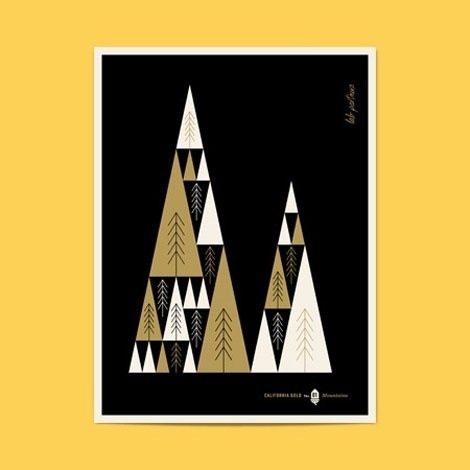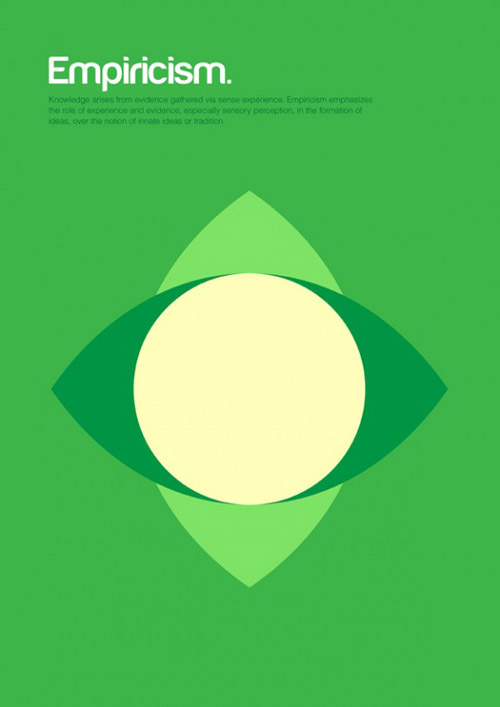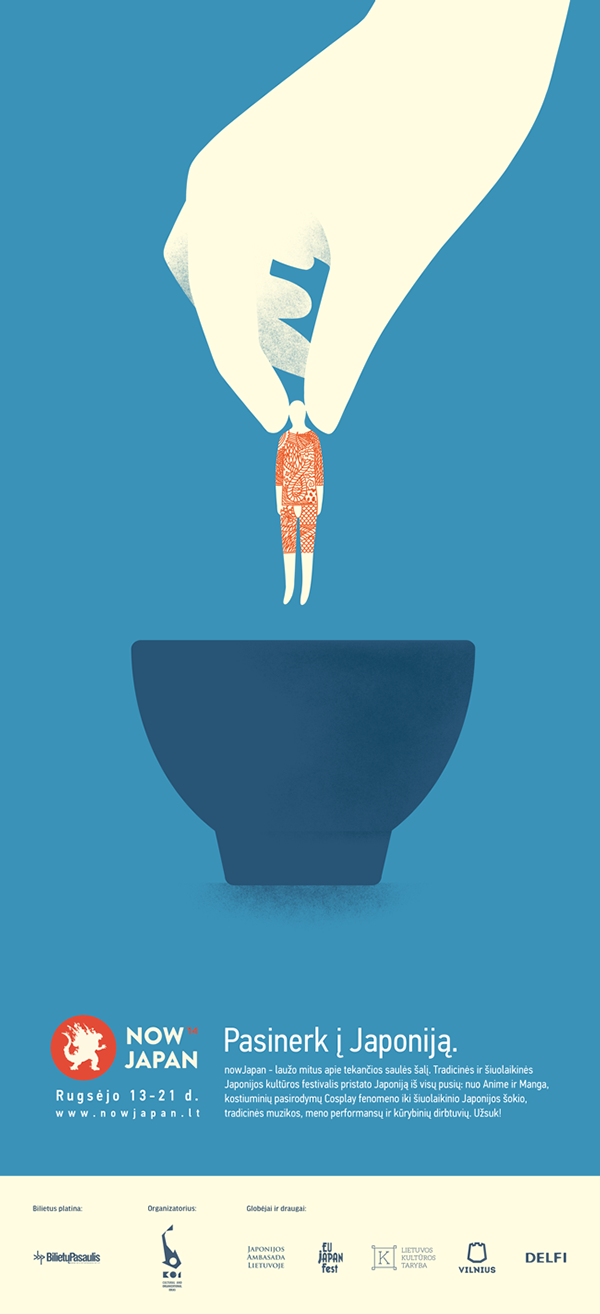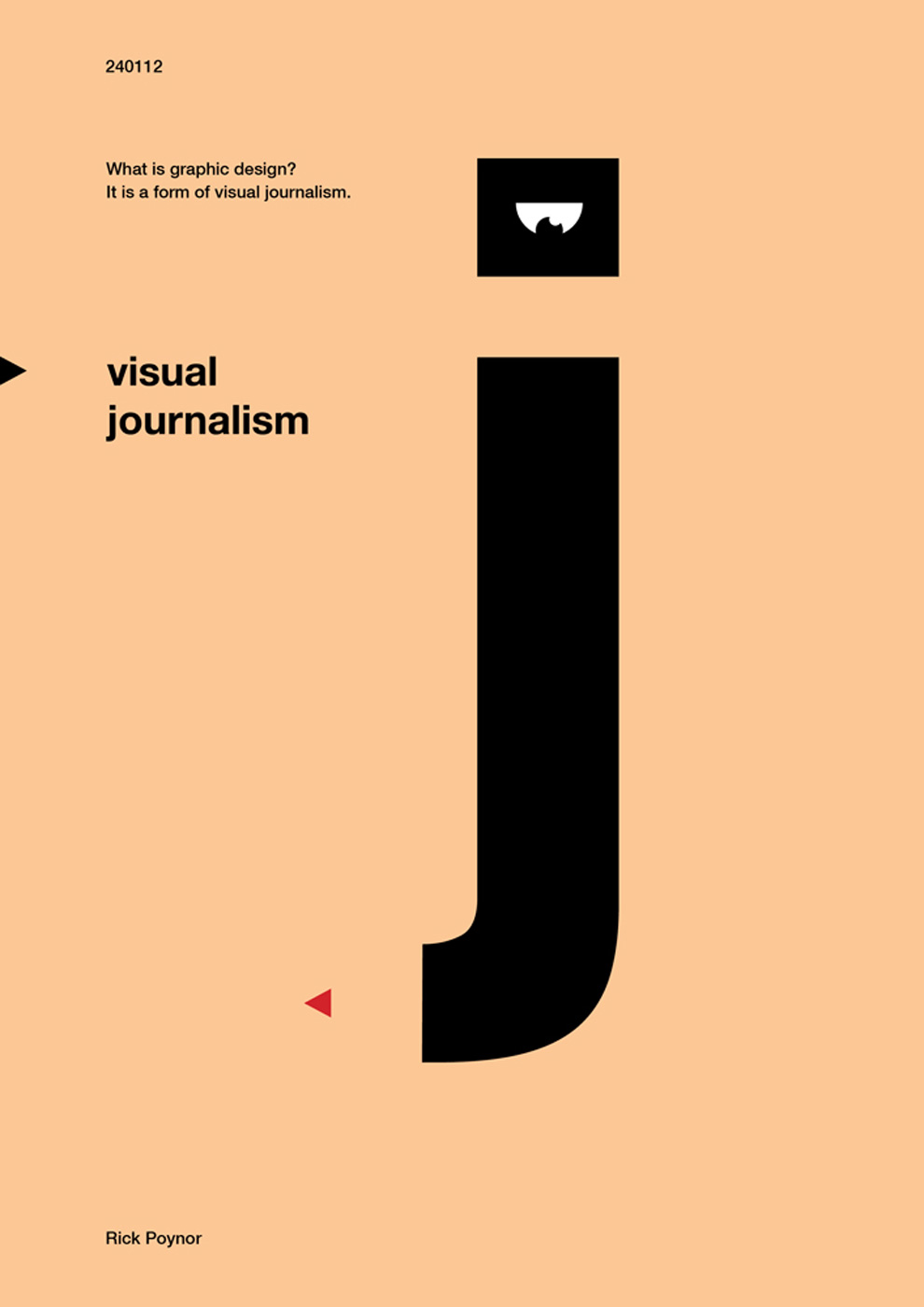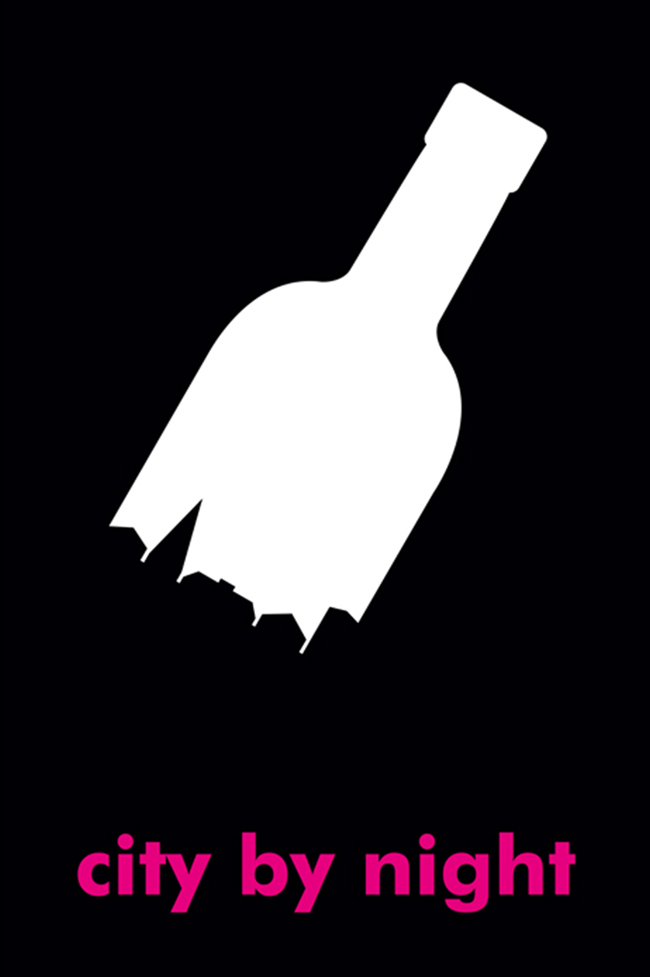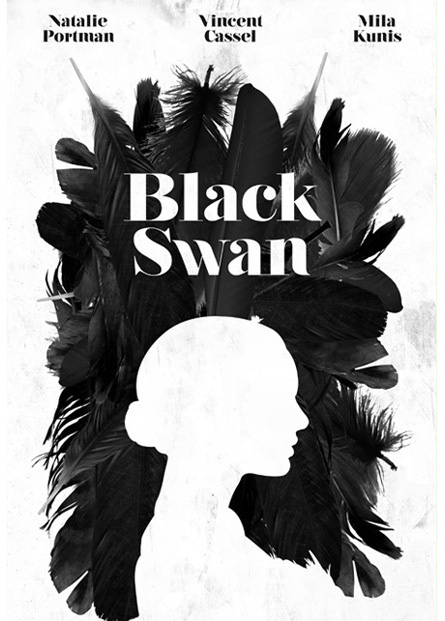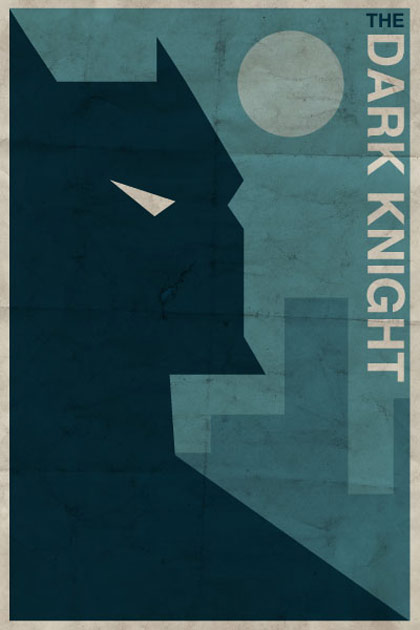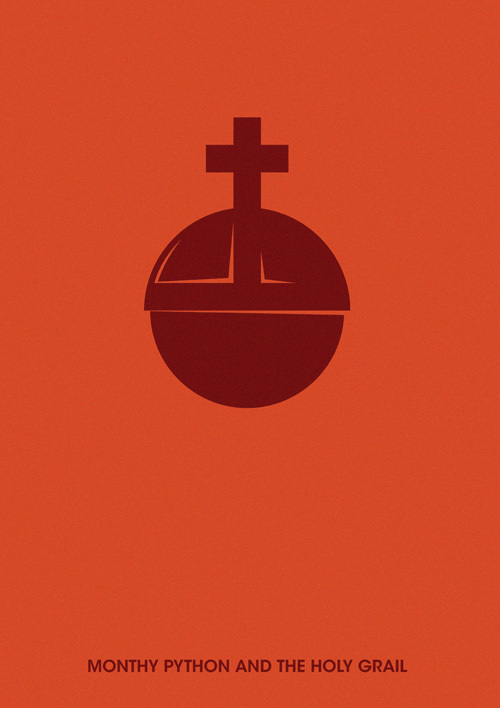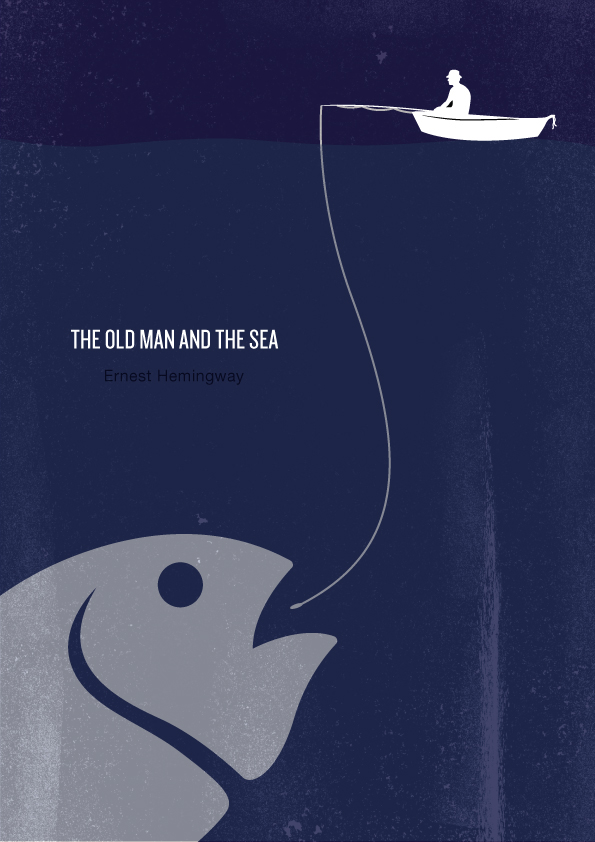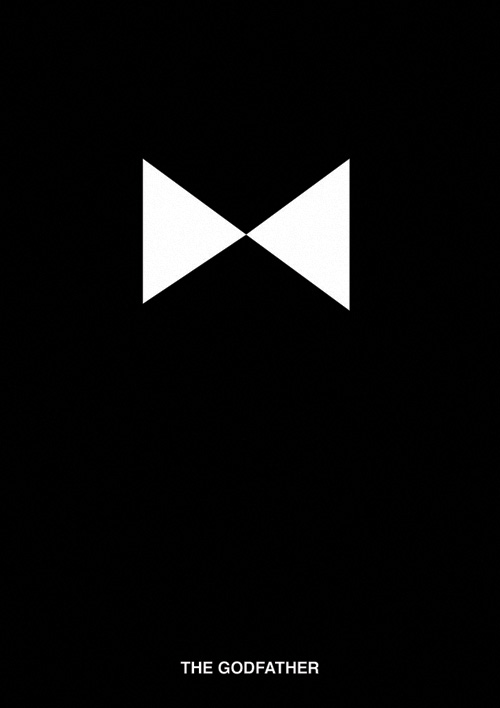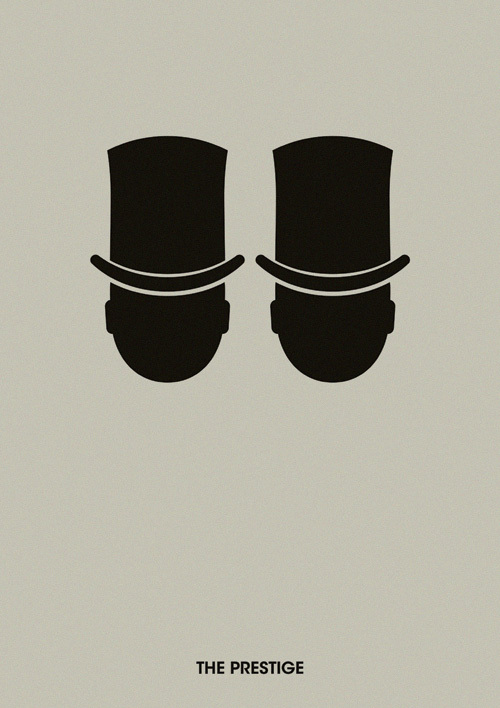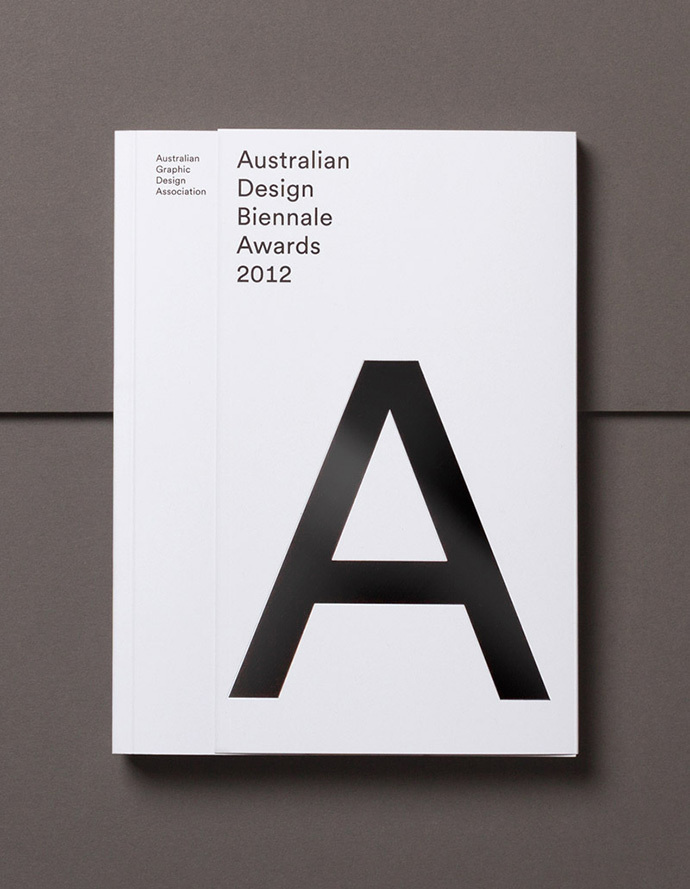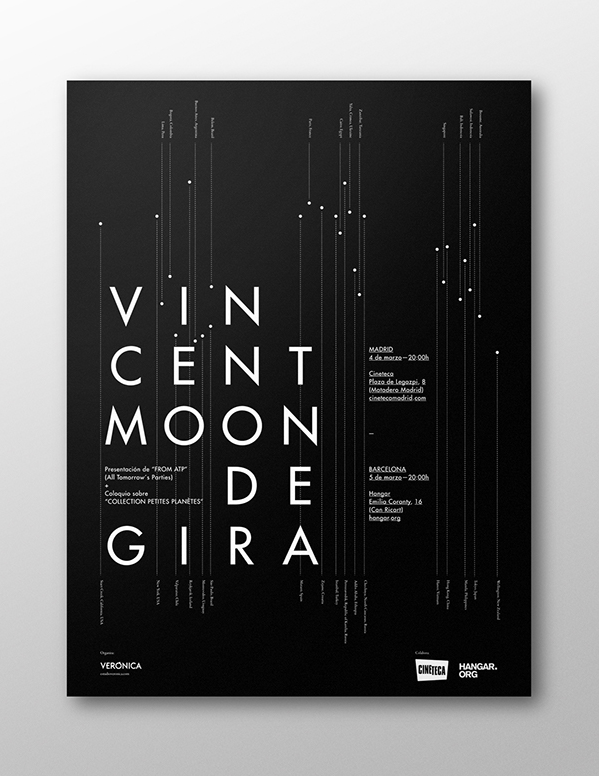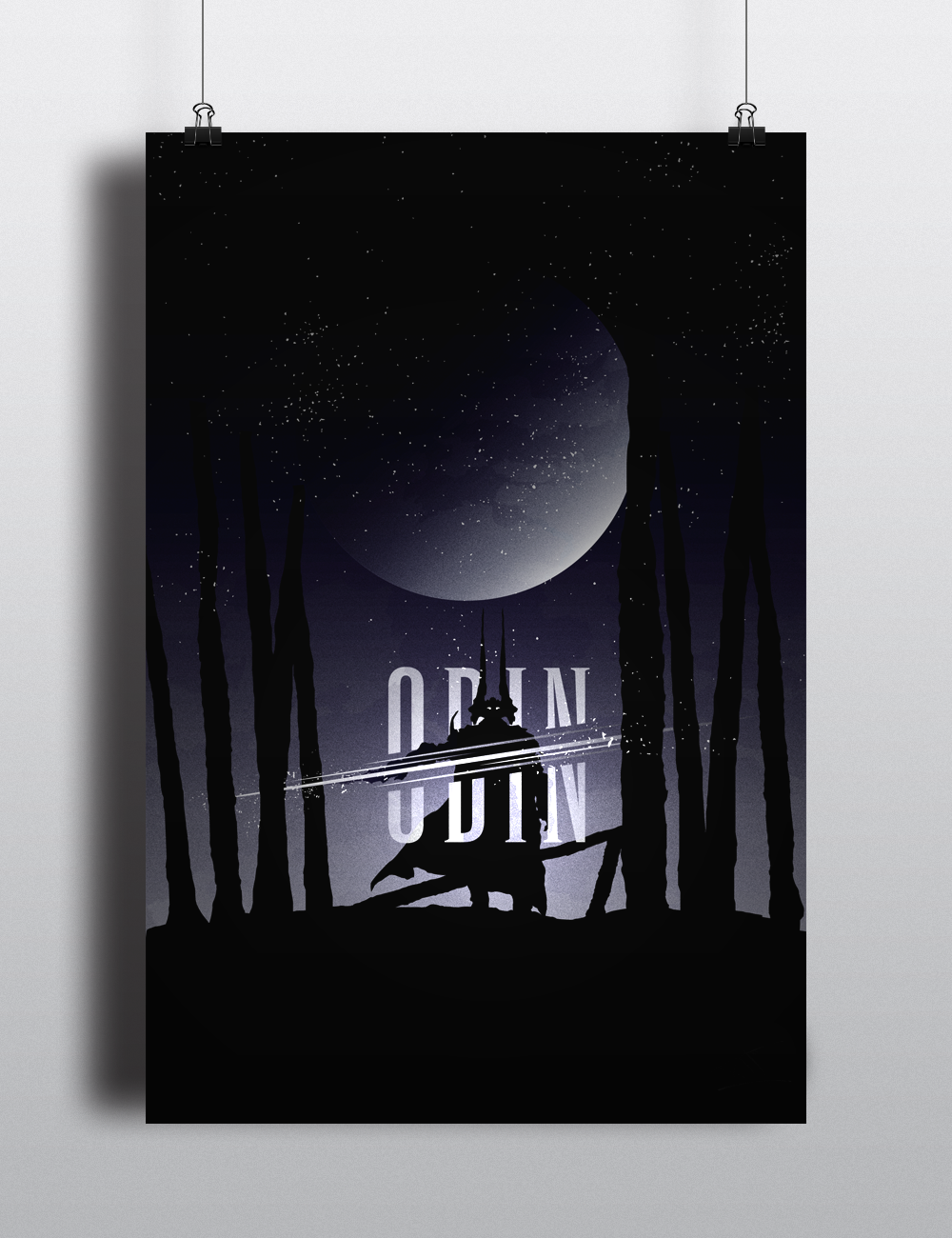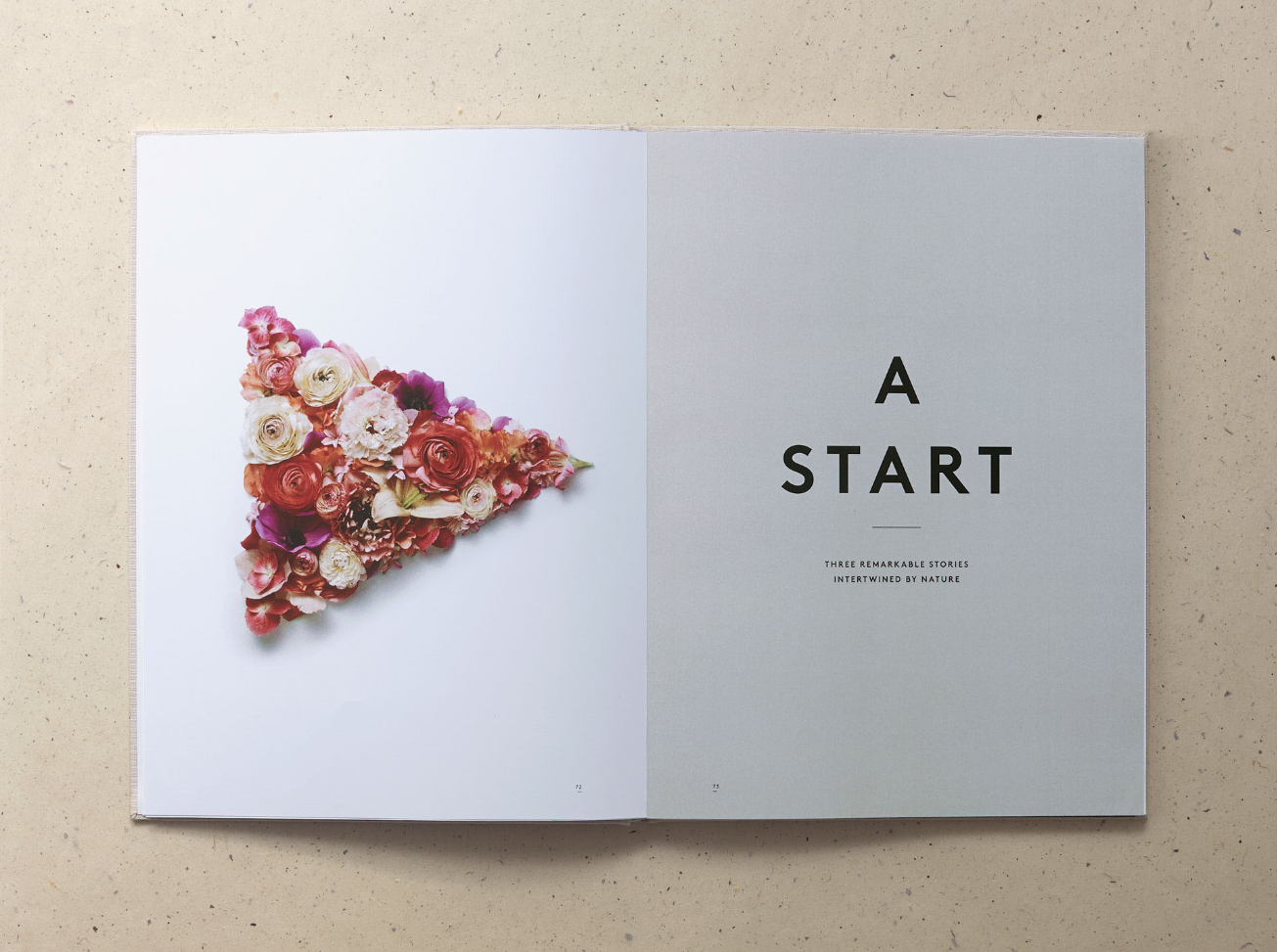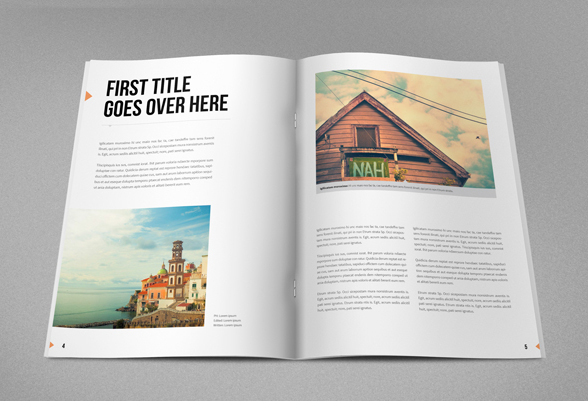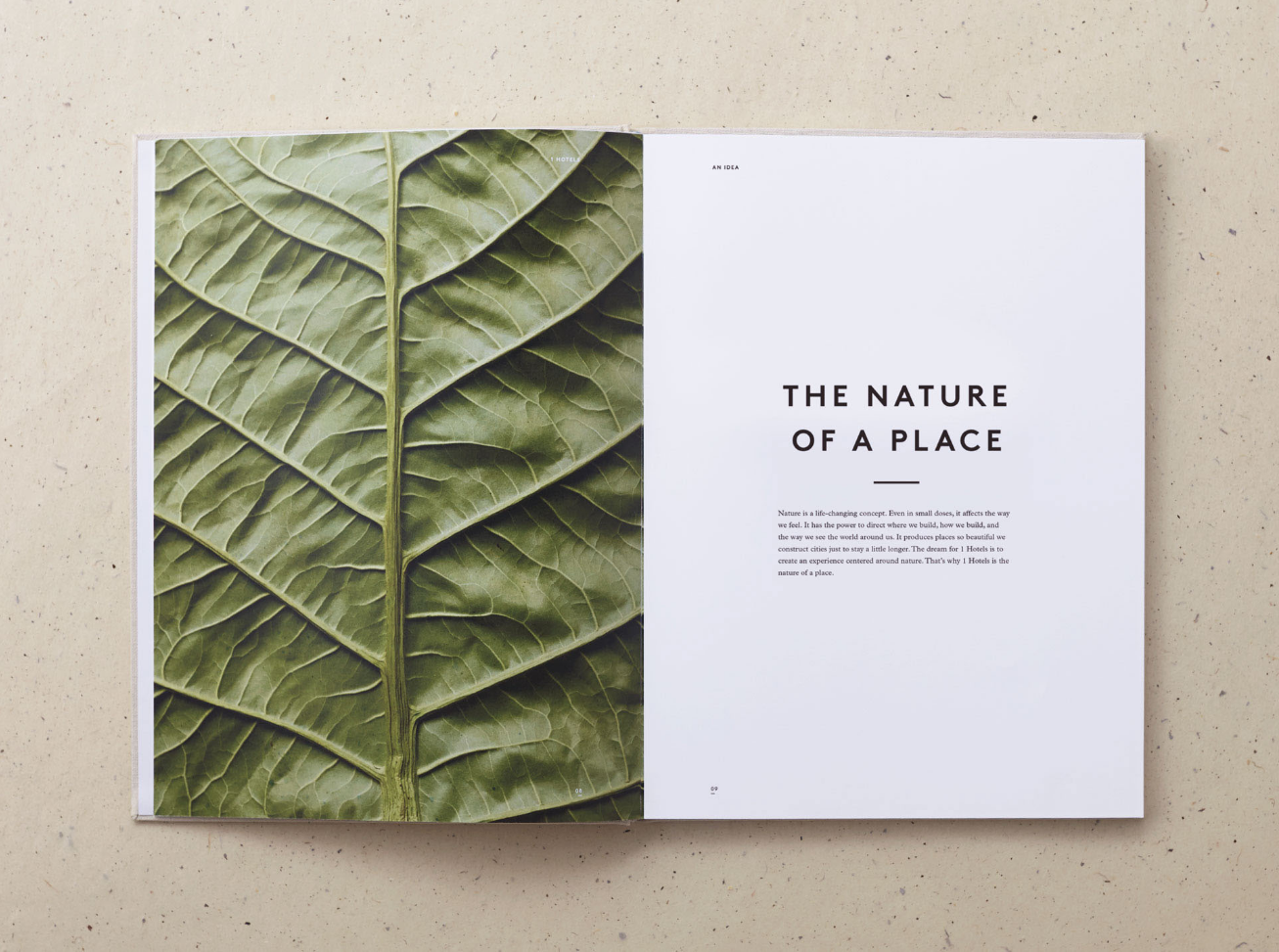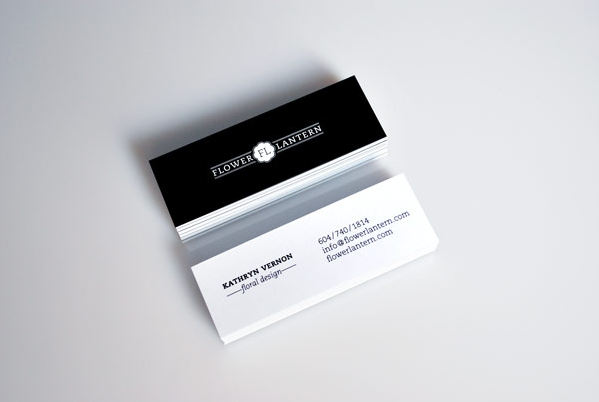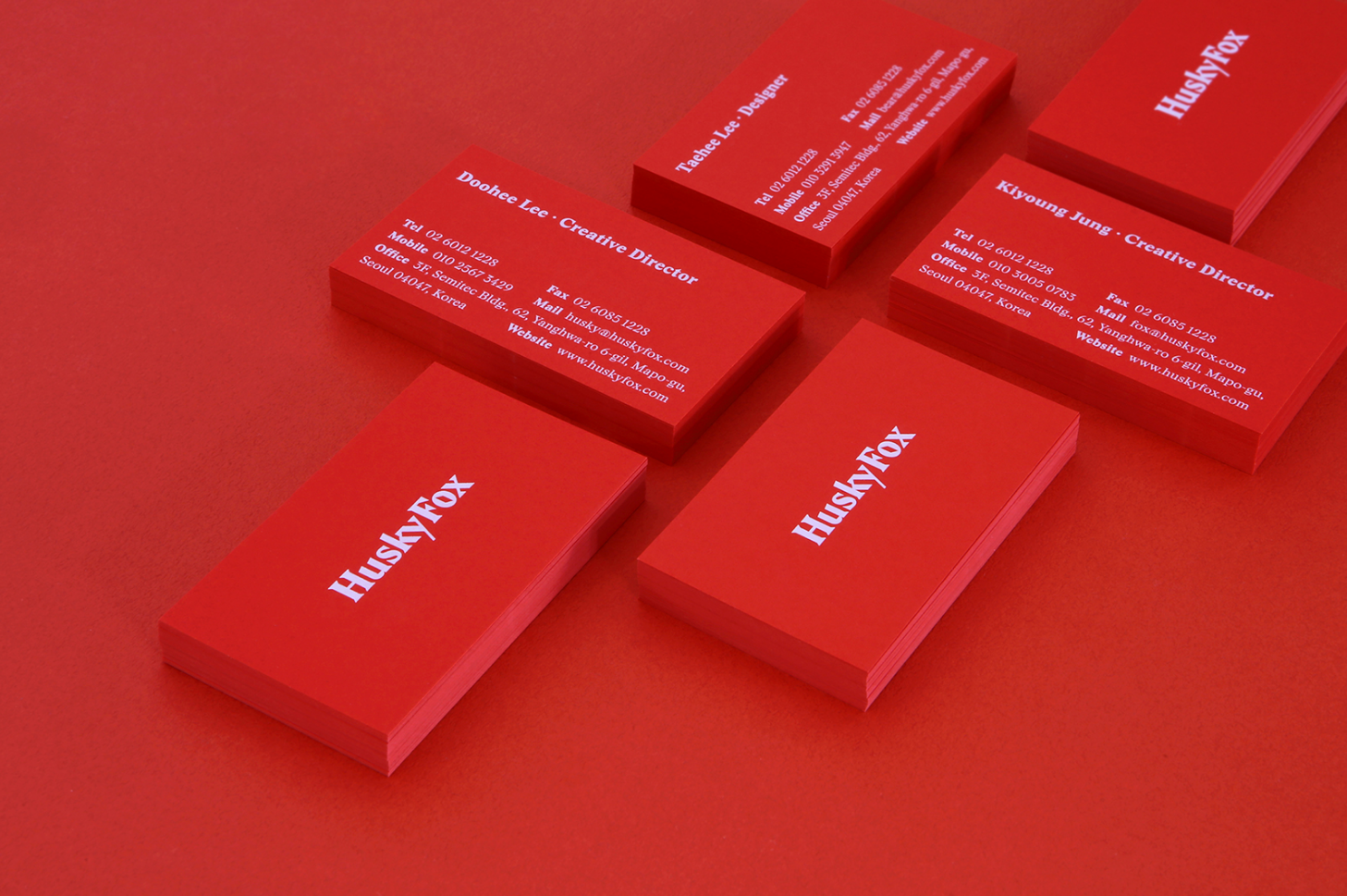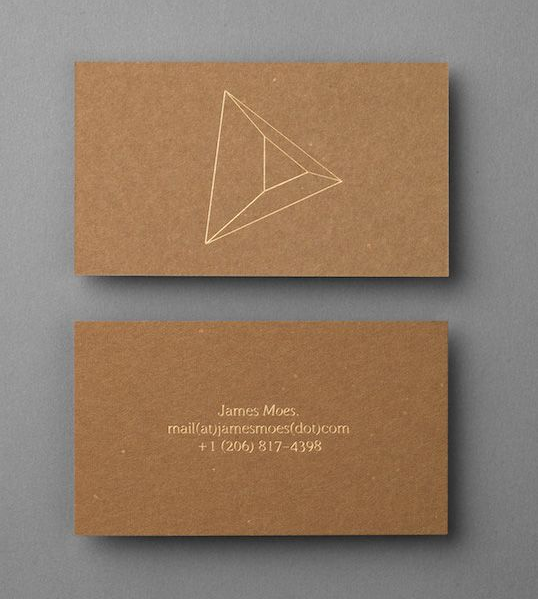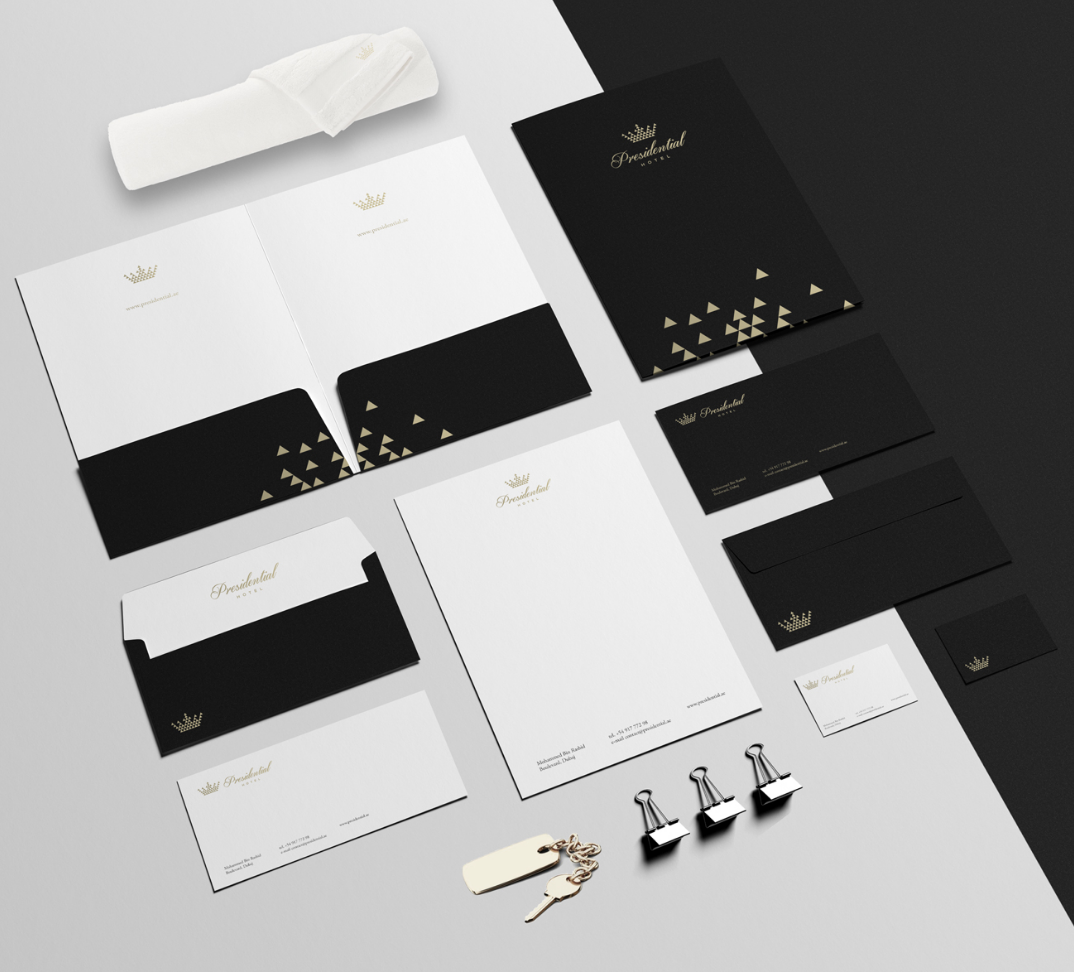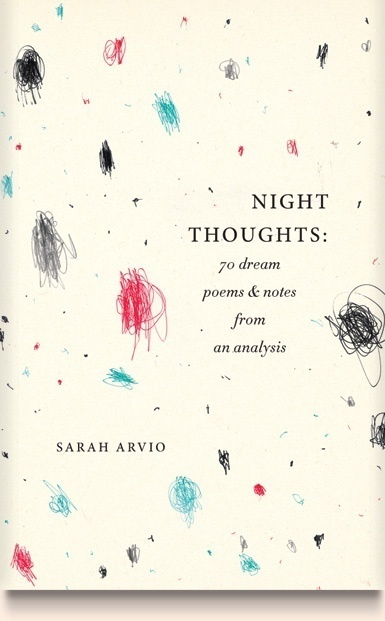26 Minimalist Designs For Your Next Project
In a noisy world, where everyone would like to be heard all the time, it’s important to remember the loudest ones aren’t necessarily the most interesting ones. Instead, you, as a promoter can take the quiet approach.
Minimalism is an art style that refutes the dramatic, the loud and the expressive, and replaces it with the cool and geometric order. The Minimalism movement started in the 1960s as a counter to the overly boisterous access of Abstract Expressionism. While minimalism has changed greatly over the years, it still remains a well used and admired branch of art.
In this post, we’ll look at some Modern iterations of minimalist artwork, used to create various promotional media such as posters, flyers, brochures, book covers, business cards and pamphlets, and the best practices to get you started with designing. Let’s begin!
Symbolism
Use symbolism to create a lasting impression in your promotional material. It also works best in a minimal design because the audience knows exactly what to focus on, instead of searching for the information in a jumble of words and images.
Minimalist Movie Posters & Book Covers
Minimalist designs allow you to explore in ways that would not have been possible with an otherwise flamboyant design. It picks up one element of your movie, and puts it into focus. A good movie poster is one that can immediately create the relation of the intended movie with just a mere glimpse of the image.
Show Character with Font
Minimalism isn’t restricted just to Silhouettes and clean image designs. Typeface can also play a major role in creating visuals with an impact, using minimal imagery. To start creating these kind of designs, you can check out our library of fonts in our editor. They come in all kinds!
If you’re using PosterMyWall Premium, you can also add your own custom fonts to get an even greater edge in your designs. You can find 30 modern fonts (most of them free) from here.
Minimalist brochure and magazine design
The premise of a good minimalist magazine design is a clean and spacious look. Achieve these by using plain colors, such as white or black as the background. Use grids to create an ordered look and spaciousness in the magazine. Keep things simple and you’re good to go!
Minimalist Business Cards
Minimalism means letting go of unnecessary elements, and highlighting those that really need your audience’s attention. In this case, these elements are your company name, contact information and, possibly, the logo.
A good business card comes with a nice texture, simple background, and clear text. Perfectly on point.
Minimalism and Color
While minimalism is generally perceived as black and white and perfectly geometrical, that’s not always the case. When we give up noisy elements to achieve a minimalist look, we open up horizons elsewhere, which includes using colors to create simple works of art (like above).
Minimalism is the design of the future. As we look around us, everything is being reduced in size, while improving function. Smart phones, tablets and website design are only a few examples of this trend into minimalism. Whether this is a good or bad development, we leave that for you to decide.
Take Aways
Now that we’ve looked at all these designs, what can we take away from all this?
- Strip down your designs to the basic elements. While many of the designs above may not follow this example to the letter, they still create with it a feeling of spaciousness.
- Don’t use more than 2 kinds of font. A typographical design does look amazing in it’s own right, but that’s not our goal. Our goal is to present information with minimal design factors coming into play.
- Apply simple color schemes. Most of our examples include white or black, and for good reason. Using other colors work fine, as long as the design retains a simplistic look.
And there we go! You can start creating your own version of a minimalist design in our editor right away.
For more feedback, design inspiration and marketing, give us a like and follow our Facebook and Twitter pages.


